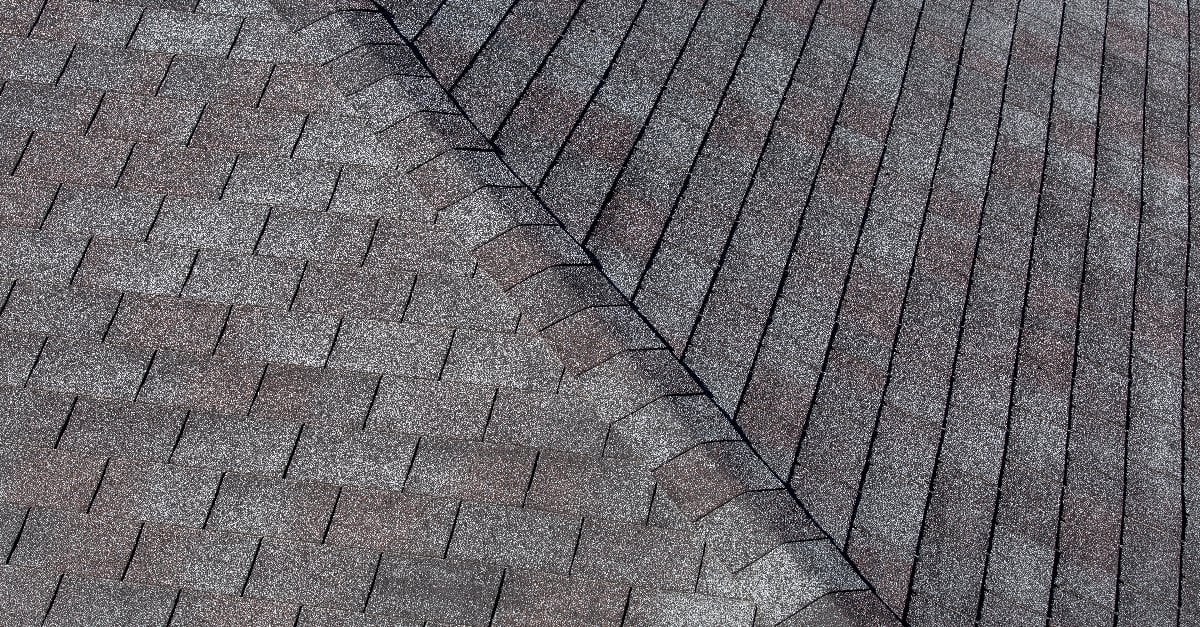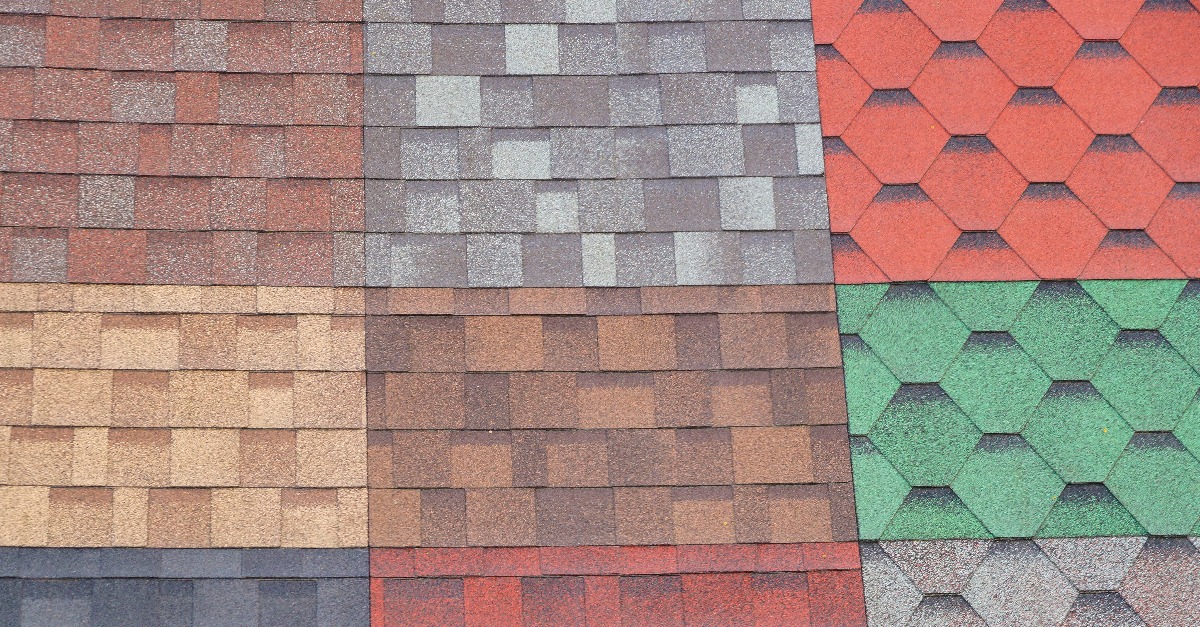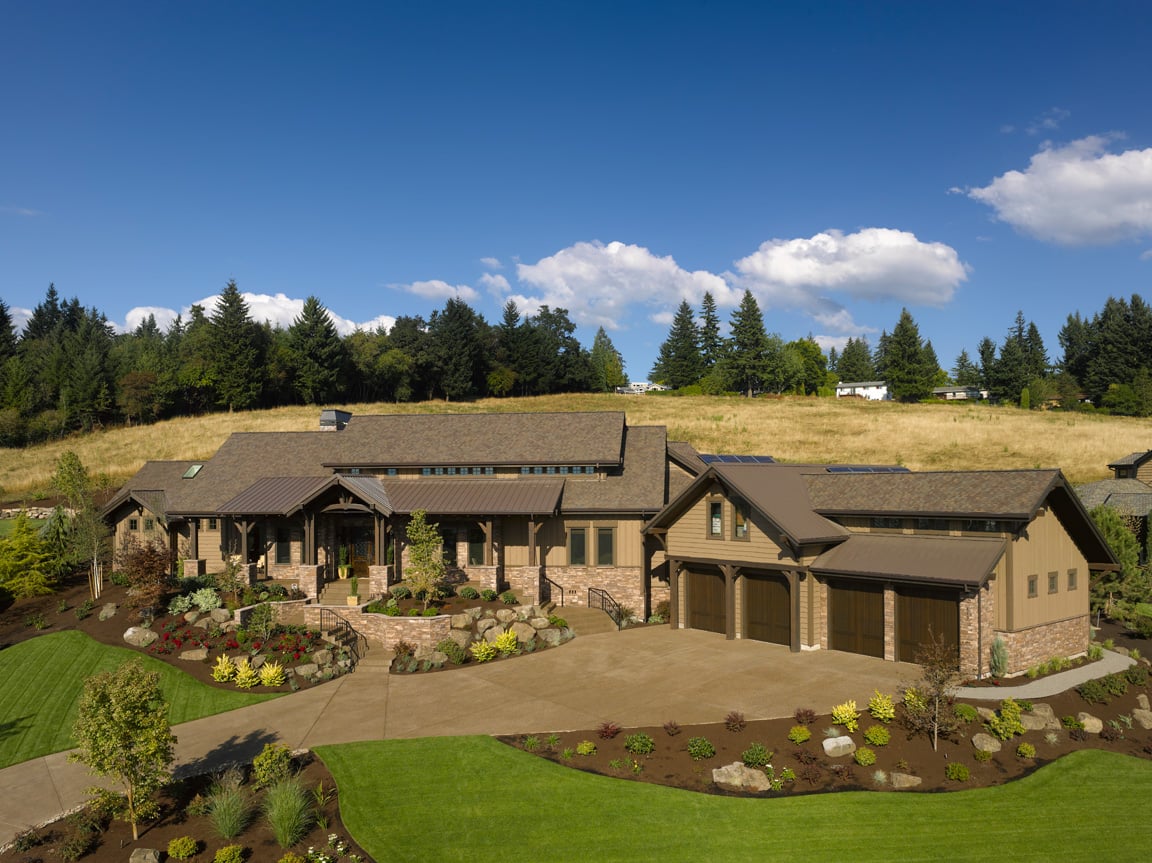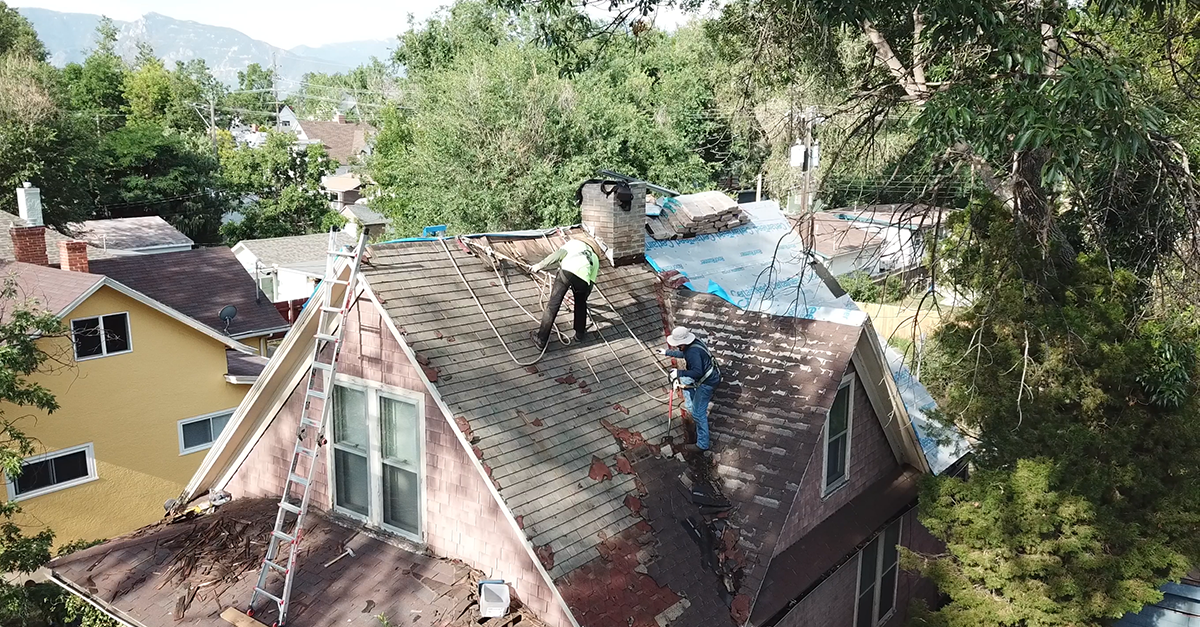Roofing is a complicated business. There are many different factors to consider when deciding what kind of roofing material you want (or what your insurance will pay for). The most important thing to look at when choosing a roofing product is its longevity and durability, followed by price and ease of installation. But there are also other factors that can make or break your roof installation, including the quality of the material itself—and even what it looks like!
Roof Shingles Types
Starter Asphalt Shingle
A starter asphalt shingle is a shingle that's used at the bottom edge of your roof, nailed to the drip edge. They usually have a very shallow "cut" or "notch" so they lay flat against the roof decking.
Ridge Asphalt Shingles
Ridge asphalt shingles are shingles that are used at the peak of your roof. They're usually thicker than starter shingles and have a very deep "cut" or "notch". The purpose of this is to allow for proper ventilation at the peak of your roof.
Dimensional or Architectural Shingles
Architectural asphalt shingles are a more recent innovation in the world of asphalt roofing. They're also called laminate shingles or "composite" shingles. These shingles are made up of multiple layers of asphalt that are bonded together with adhesive.
3-Tab Asphalt Roofing Shingles
3-tab shingles are the most common type of asphalt shingle. They're more "traditional," and they're also the cheapest. This type is made up of a single layer of asphalt, and they usually have a lifespan of around 20 years.
Wood Shingles
Wood shingles are exactly what they sound like—they're made out of wood! Wood shingles are usually made from cedar, redwood, or cypress. They're a lot more expensive than asphalt shingles, but they also have a much longer lifespan (around 30-40 years).
Metal Roofing Shingles
Metal roof shingles are usually made from aluminum or steel.
Slate Tiles
Slate shingles are made from, you guessed it, slate! Slate is a natural stone that's very strong and durable. Slate shingles are the most expensive type of roofing material, but they also have the longest lifespan (around 50 years).
Rubber Roof Shingles
Rubber roof shingles are a relatively new innovation in the world of roofing. They're made from recycled tires, and they're designed to look like slate or wood shingles. Rubber roof shingles are very durable and have a lifespan of around 30-40 years.
Luxury Asphalt Shingles
Luxury asphalt shingles are a new type of asphalt shingle that's designed to look like slate or wood. They're more expensive than traditional asphalt shingles, but they have a longer lifespan (around 30-40 years).
What's the Difference Between Starter Shingles and Ridge Shingles?
Starter shingles are used at the bottom edge of your roof, while ridge shingles are used at the peak. Starter shingles have a shallow "cut" or "notch" so they lay flat against the roof decking, while ridge shingles have a deep "cut" or "notch" to allow for proper ventilation at the peak of your roof. Dimensional shingles are a more recent innovation in the world of asphalt roofing, and they're made up of multiple layers of asphalt that are bonded together with adhesive.
Why Do Roofers Use Ridge and Starter Products?
As you know, your roof is the first line of defense against rain and snow. In order to keep your home safe from leaks and water damage, it’s important to have a properly installed roof. Roofers use ridge and starter products on roofs to create a watertight seal that prevents leaks, prevents water damage in the attic space, protects the roof from the elements, prevents ice dams from forming during winter months, and more.
Insurance Company Policies are Out of Date (and what that means for you)
Let's say you have a "Cost Replacement" insurance policy on your roof. You file a claim against your insurance company, and they send an adjuster to get the cost to replace your roof.
They'll need to come up with all the components (including materials) that your roof replacement requires. Among that list, will be different kinds of roofing shingles. Let's say, your roof is made up of ridge shingles, starter shingles, and dimensional shingles.
Even though your existing roof uses ridge shingles around the ridges, your adjuster may insist these can be replaced with cheaper dimensional shingles. Rather than creating a separate payout or invoice line item for these separate products, the adjuster will say this needs to be included in your cut and waste factor.
Cut and Waste Factor
When a roofer is installing shingles, they will have a lot of waste because of the way the shingles are cut. The dimensional shingles are cut in a way that leaves a lot of excess material that has to be disposed of.
A waste factor of about 10% is typical, so an insurance company will add 10% worth of shingles to the claim.
What an adjuster will say is that the starter and the ridge shingles will need to be included in this cut and waste factor.
Why This is a Problem?
Just like any other advances in technology, roofing materials have changed over the years. When 3-Tab shingles were the norm, it was easy enough to use them for the same purpose that ridge and starter shingles serve today. Back then, perhaps, it made sense not to include "ridge" or "starter" shingles as separate line items on an invoice (because they didn't really exist in the way we think of them now).
The problem is that today in modern roofing, these shingles are not really interchangeable. They are separate products with separate purposes, and this forces your contractor's hand: they usually have to eat the cost of these extra shingles because they are more expensive.
What Needs to Change?
If an adjuster wants to actually include the ridge and starter shingles in the waste factor, they need to increase the cut and waste factor by a lot. A typical waste factor of 10% probably needs to be increased to 17-20% if it's going to accurately reflect the cost of a roof.
Homeowners, if you have any questions about your roof, if it needs to be replaced or repaired, or if you have any questions at all about types of roof shingles, what you need, and dealing with your insurance company, contact us at Homestead Roofing!




